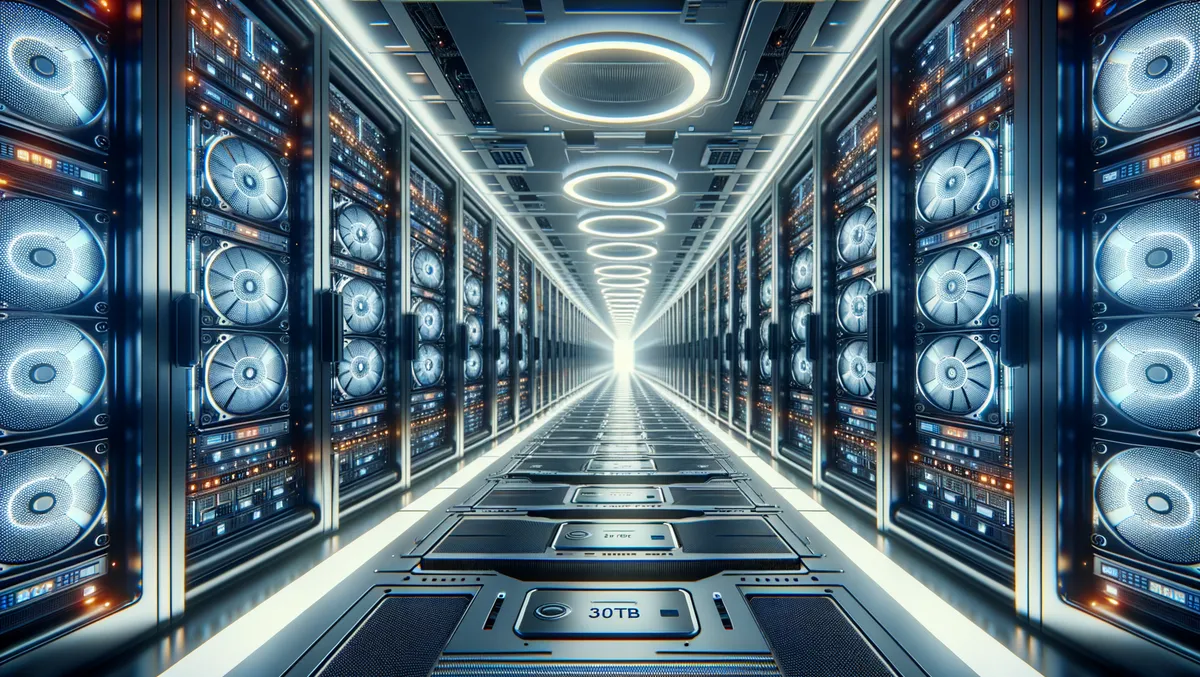2024 promises to be a year of profound transformation in the technology and data landscape. As generative AI becomes more accessible, data storage solutions will take centre stage, driving the success of AI applications and revolutionising data centre infrastructures. With advancements in hard drive technology, businesses will not only benefit from increased capacity but also make significant strides in sustainability, ensuring a greener future for our digital world.
According to Gartner’s predictions, by 2026, over 80% of enterprises will have harnessed generative AI, a remarkable rise from less than 5% in early 2023. With 55% of organisations piloting or production mode with gen AI, we can expect generative AI to account for 10% of all data produced over the next two years, up from less than 1% today.
This increase in data will compel data centres and enterprises toward high-density hard drive storage to futureproof their data value, allowing them to save raw data sets as well as insights produced by AI and LLM (large language models) processing.
The future of businesses will also require the accumulation of operational data to educate AI, machine learning, and deep learning models. Expect a growing number of companies to focus on training models using both internal and external data sources, harnessing their proprietary information for competitive advantage.
AI-driven initiatives will also translate into increased IT spending, with hyperscale tech giants expected to accelerate investment into cloud capacity to support AI program maturation and heightened demand for data storage in the enterprise sector as businesses seek a competitive edge by enhancing productivity and efficiency through AI-driven improvements.
Meanwhile, in the data centre infrastructure sector, significant transformation in 2024 is likely, driven by remarkable advancements in hard drive areal density. Nearly 90% of data in cloud data centres resides on hard drives, so as data centre infrastructure approach their natural refresh cycles, expect to see older, lower-capacity hard drives being replaced with higher capacity drives.
The advent of HAMR technology is set to revolutionise data centre storage through 2024. Today the average hard drive capacity is 16TB, based on conventional PMR technology. By contrast, HAMR technology will enable data centre managers to deploy 30TB high-density drives, delivering substantial power and space savings and unlocking massive Total Cost of Ownership (TCO) efficiencies, including reduced CPU, RAM usage and even floor space. HAMR technology will also help data centre operators to further reduce their carbon footprint with more durable and energy efficient storage.
Still, in the data centres, the exponential growth of data will drive demand in 2024 for mass-capacity hard drives, whose synergy with flash storage will continue to support modern workloads. With hard drive storage offering mass data storage at less than one-fifth the cost of comparable all-flash solutions on a per-bit basis, the value gap will mean that for the next decade, the two technologies will co-exist.
